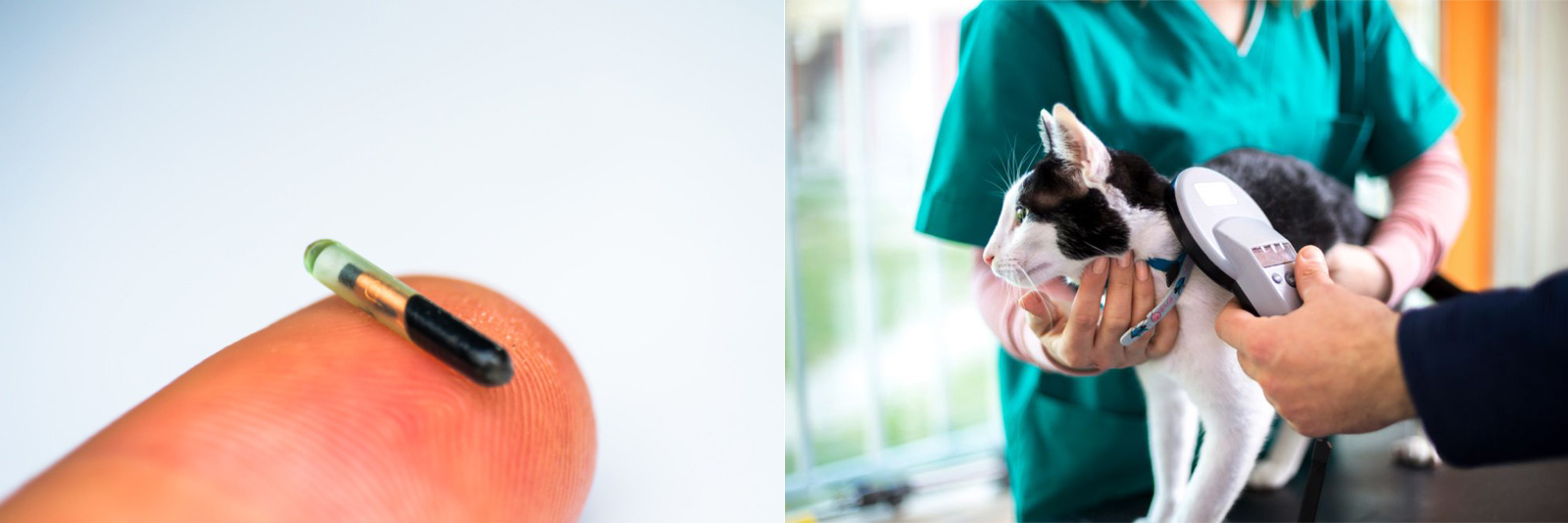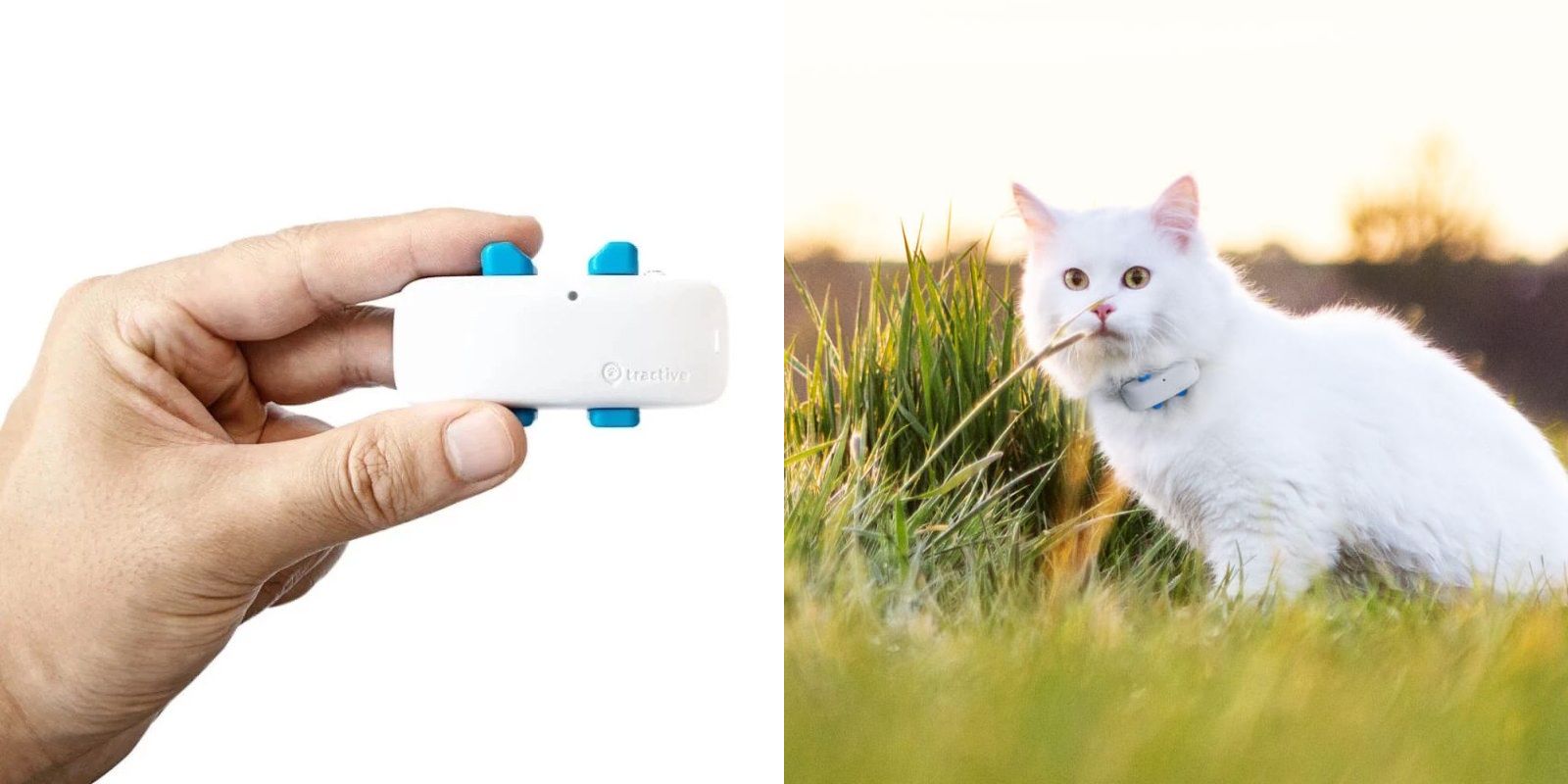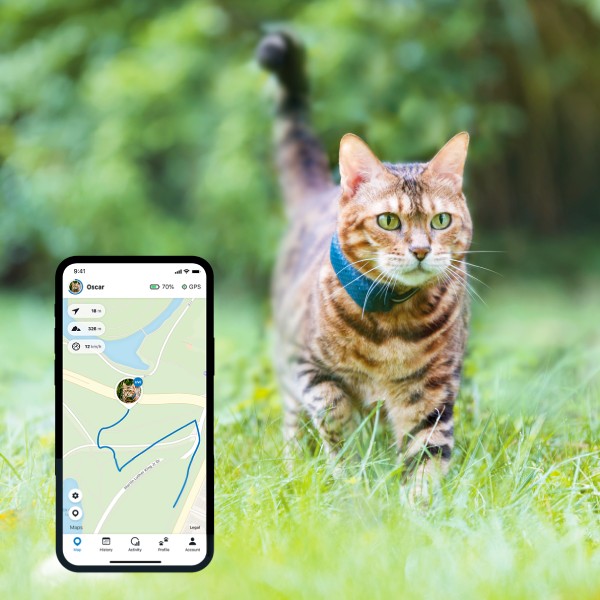
Cat GPS Chip Implant by a Veterinarian: Myth or Reality?
Smartphones, smartwatches, drones, vehicles… more and more everyday objects are equipped with GPS trackers that allow them to be located anywhere. Since cat microchips are already common for identification, it’s easy to imagine doing the same with a cat GPS chip implant. But is that really possible, or is it just a myth?

Do Cat Microchips Have GPS?
The myth of the cat GPS implant has been circulating online for many years. Some forums even claim you can buy such devices from foreign labs, with supposed prices ranging from €50 to €200. But this is completely false. These rumors likely persist because people confuse GPS implants with other types of cat implants, such as ID microchips or contraceptive implants. Meanwhile, several companies sell GPS trackers that allow us to follow our cats in real time. However, these are entirely different technologies. Combining both—a GPS tracker and an implant—remains a major technical challenge. In other words, the true gps tracker implant for cats doesn’t exist yet, even if it fascinates many pet owners.
The Cat Microchip Is Not a GPS Implant
In the United States, pet identification — either through a tattoo or by implanting a microchip — is mandatory in some states and cities. However, if you plan to travel to Europe with your cat, a microchip is required for entry. Today, microchipping is the most common method of pet identification, valued for its reliability and ease of use.. It involves inserting a tiny microchip — barely larger than a grain of rice — under the cat’s skin, usually between the shoulder blades.

Many people mistakenly believe this kind of chip works as a cat tracker implant. In reality, it doesn’t. A cat microchip is passive—it only provides an identification number when scanned. The principle is similar to contactless payment: the reader emits radio waves that power the chip via electromagnetic coupling, allowing it to transmit its ID. This is called RFID technology (Radio Frequency Identification).
The RFID reader’s low-frequency waves require the cat to be very close—no more than about 20 cm away. Unlike a cat GPS chip implant, a microchip can’t send data over long distances. Even at higher frequencies, the range would still be too limited to locate a lost cat.
The Subcutaneous Cat GPS Implant: A Technology Still Beyond Our Reach
Since it’s possible to implant microchips under a cat’s skin for identification, could the same be done with an injectable GPS tracker for cats? The idea sounds simple, but in reality it faces serious technological limits—at least for now.
The first challenge is size. A cat GPS implant would need much more complex components than a passive microchip. GPS positioning requires communication with satellites, meaning the implant would need an antenna, GSM module, SIM card, and most importantly, a battery. All of these components are far too large to fit into something that could be safely implanted under a cat’s skin.
To visualize the problem, take the Tractive Cat 4 as an example: this GPS tracker weighs about 30 grams and measures 7.2 cm wide, 2.9 cm high, and 1.6 cm thick. Even the smallest trackers are nowhere near compact enough to become a true cat GPS chip.

It’s easy to see why implanting such a device would cause serious health issues. And even if we could miniaturize it, we’d still face the problem of power. Unlike a passive cat microchip, a cat GPS chip implant would need constant energy. But how would you recharge a battery under the skin of a cat? Wireless induction might be possible, but we don’t yet know its long-term effects on animals.
There’s also the matter of battery lifespan, usually around 3–4 years. That means surgery every few years to replace the battery—hardly a practical solution. For now, a functional gps tracker implant for cats remains science fiction, though rapid advances in miniaturization and wireless power could one day make it real.
The Best Current Alternative: The Cat GPS Collar
Although GPS implants are not yet feasible, there are reliable ways to locate your pet. The best and most accessible option is still the cat GPS collar, which uses the same satellite technology as a cat GPS chip, but without invasive surgery.

This type of tracker uses a GPS chip paired with a SIM card to transmit data through the GSM network. The system is powered by a rechargeable battery and housed in a compact case that attaches to the cat’s collar. It’s not an implant, but it provides the same tracking benefits as a cat gps implant—without the risks.
The tracker stays with the cat at all times and can update its position every second, allowing you to track your cat in real time via smartphone or web app.
Most models also offer advanced features like virtual fences that alert you if your cat leaves a safe zone. Others, like the Weenect Cat Tracker, monitor your cat’s daily activity, calories burned, and favorite areas using heat maps. These features make GPS collars a smart and non-invasive alternative to any future cat gps chip implant.
Battery life for cat GPS collars typically ranges from 2 to 5 days, depending on update frequency. That’s shorter than an Apple AirTag for cats, but the trade-off is true live tracking. And unlike any implant, recharging a collar tracker is quick and completely safe for your pet.


